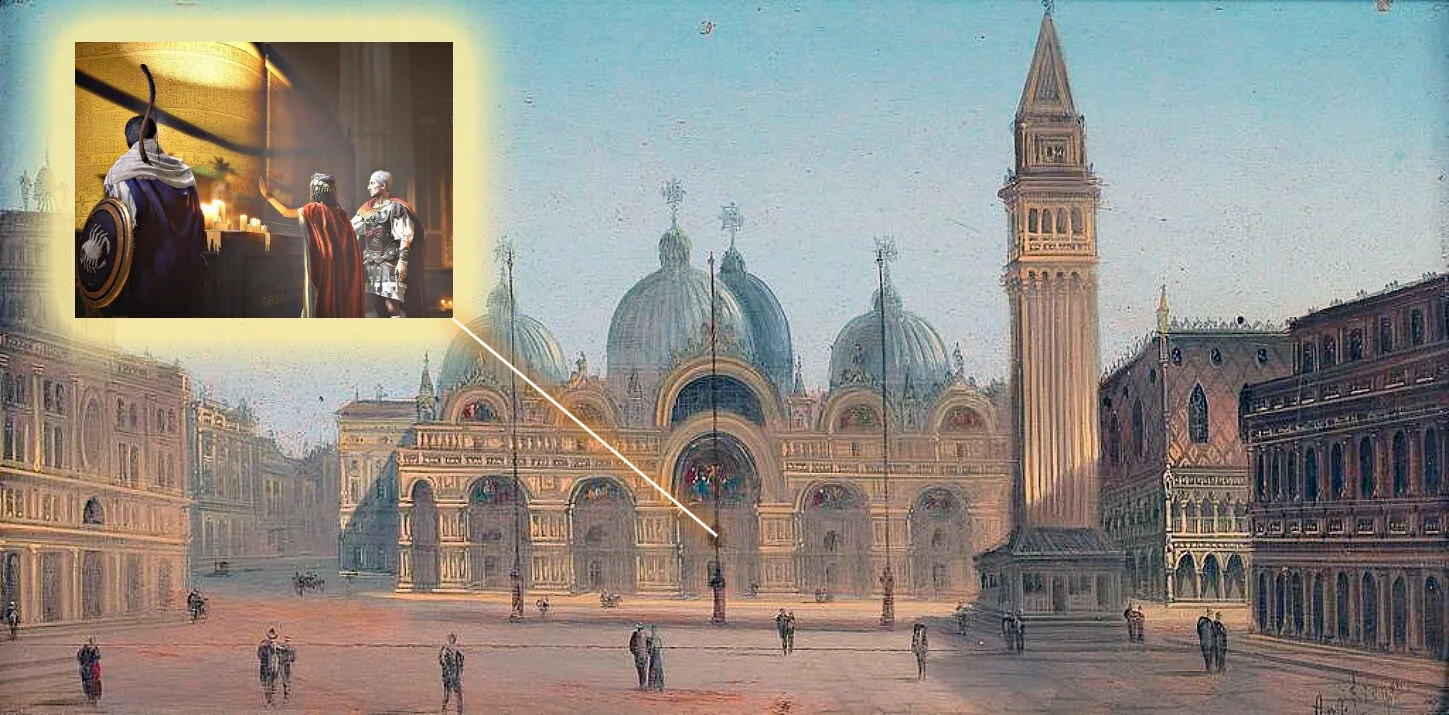In addition to its stunning beaches and vibrant nightlife, the Mexican Caribbean is a favorite destination for American tourists since it is home to some of the best-preserved remnants of the ancient Mayan civilisation.
Millions of tourists flock to abandoned locations like Chichen Itza and the Tulum fort each year, but they are simply the tip of a much larger iceberg because the majority of Mayan towns are still hidden beneath present-day Mexican cities.
Every year, archaeologists make fascinating new discoveries. Soon, four recently refurbished Mayan sites will open to the public for the first time ever, and the greatest thing is that visitors may travel there from Cancun.
Two More Segments Of Tulum
In fact, Tulum, which is already a very well-liked destination among Mayan enthusiasts, is home to the first two ruins on the list. Other buildings in the area were off-limits, but the iconic "Castillo" built on a clifftop overlooking the azure Caribbean Sea had always been open.
Some of the most impressive Mayan civic structures in the archaeological zone, most notably Nauyacas and Cresteras, as named by Mexican President Andrés Manuel López Obrador (AMLO), could not be seen up close or explored by visitors, either because of ongoing conservation efforts or safety risks.
They are Mayan sites situated on Tulum's mountainous shoreline, similar to Castillo. Even though they are just as stunning and enchanted as the famous Castillo, they remained off limits while excavations and development work were being done.
If you have previously spent a lot of time exploring the walled city, you may have noted that structures 55, 56, 57, and 59, which house both monuments and a substantial collection of antiquity, were off-limits to visitors. Within the upcoming months, this will alter.
Although a specific opening date hasn't yet been announced, it might fall in line with the December inauguration of the Maya Train. In order to prepare the region for the first wave of visitors, archaeologists and other environmental specialists have been collaborating to remove invasive plants and construct support structures.
Ichkabal
Ichkabal, close to the Quintana Roo city of Chetumal, is a lesser-known coastal beauty in the state's far South that most American tourists typically overlook in favor of Cancun. It is the third Mayan attraction with a launch date slated for the near future.
However, historians consider Ichkabal to be one of the most impressive Mayan cities, in large part because it did not suffer significant destruction with the arrival of the Spaniards, so its opening will help diversify Chetumal's tourism offering.
Instead, it was essentially abandoned in the early 16th century, and nature gradually recovered it without much interference from European residents or defilement. It contains several sacrificial chambers, small step pyramids, and stunning religious buildings. It was first inhabited around 400 B.C.
The Maya Train will undoubtedly increase connection throughout the Yucatan Peninsula and close the current gap between Cancun, in the north of Quintana Roo, and Chetumal and other places in the south, even if Ichkabal is the farthest away from Cancun and requires a six-hour journey.
In the summer of 2024, when the Maya Train is already running at full capacity, it will welcome its first visitors.
Chichen Viejo
Chichen 'Viejo' is a vast compound that originally belonged to the Mayan elite and is one of the greatest Mayan ruins to have been unearthed in Mexico. It is a historical ruin next to Chichen Itza, one of the Seven Wonders of the Modern World.
It was one of the most recent Mayan settlements to be uncovered by researchers and is made up of multiple villas and interior patios that were once shared by more affluent Mayans. Since it was discovered, the National Institute of Anthropology and History (NIAH) has been in charge of managing it.
They conducted in-depth repair work and research in the region to determine its history and how significant it was to the Ancient Mayans. Since then, a number of buildings have been discovered, including a "Temple of Stuccoes" from 650 AD.
According to AMLO himself, tourists will be able to visit Chichen 'Viejo', which is connected to the main city of Chichen Itza and home to the famous Kukulcan Castle, as early as September 2.
Increased connectivity throughout the Mayan world thanks to the Maya Train
As you can see, history lovers and fans of Mayan culture have a lot to look forward to this year when traveling to the Mexican Caribbean.
They should also be happy that the Maya Train has begun operating because it will make traveling throughout the region much simpler by including all popular tourist destinations, such as all major towns near abandoned Mayan cities, on the railway map.
This is Mexico's tourism renaissance, as we have mentioned often, and the revival of Mayan heritage and the launch of infrastructural initiatives like the Maya Train are just the beginning.












